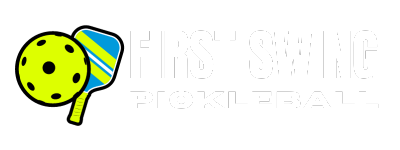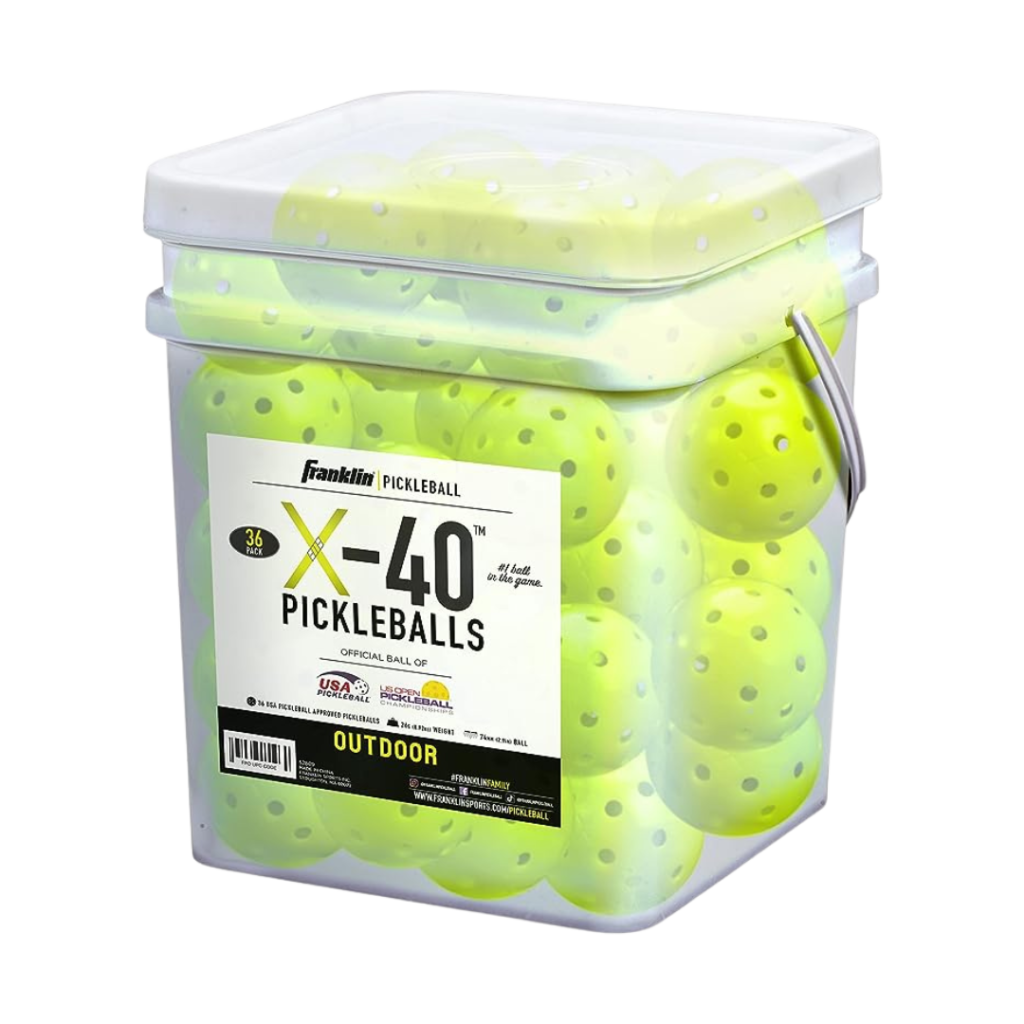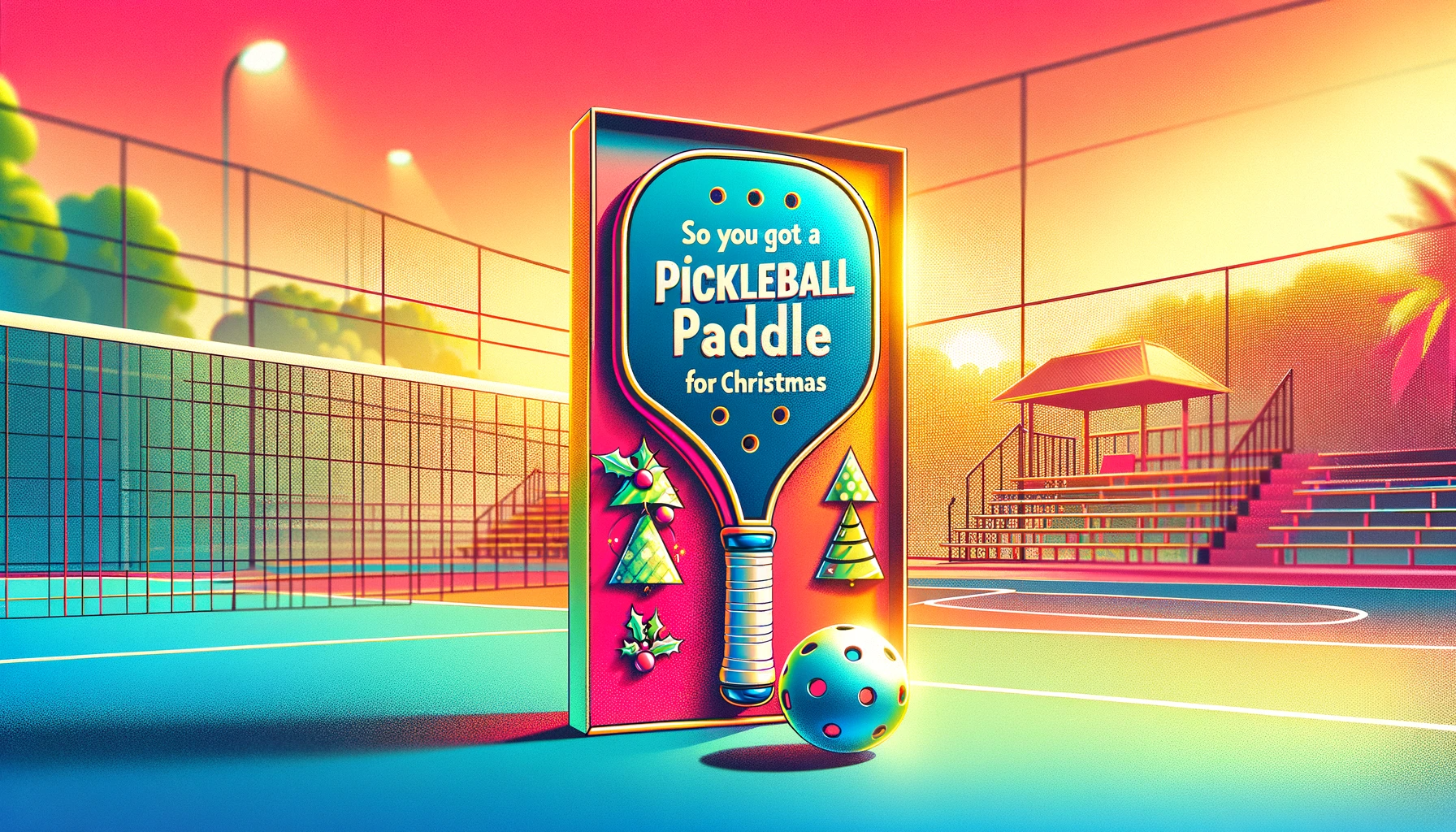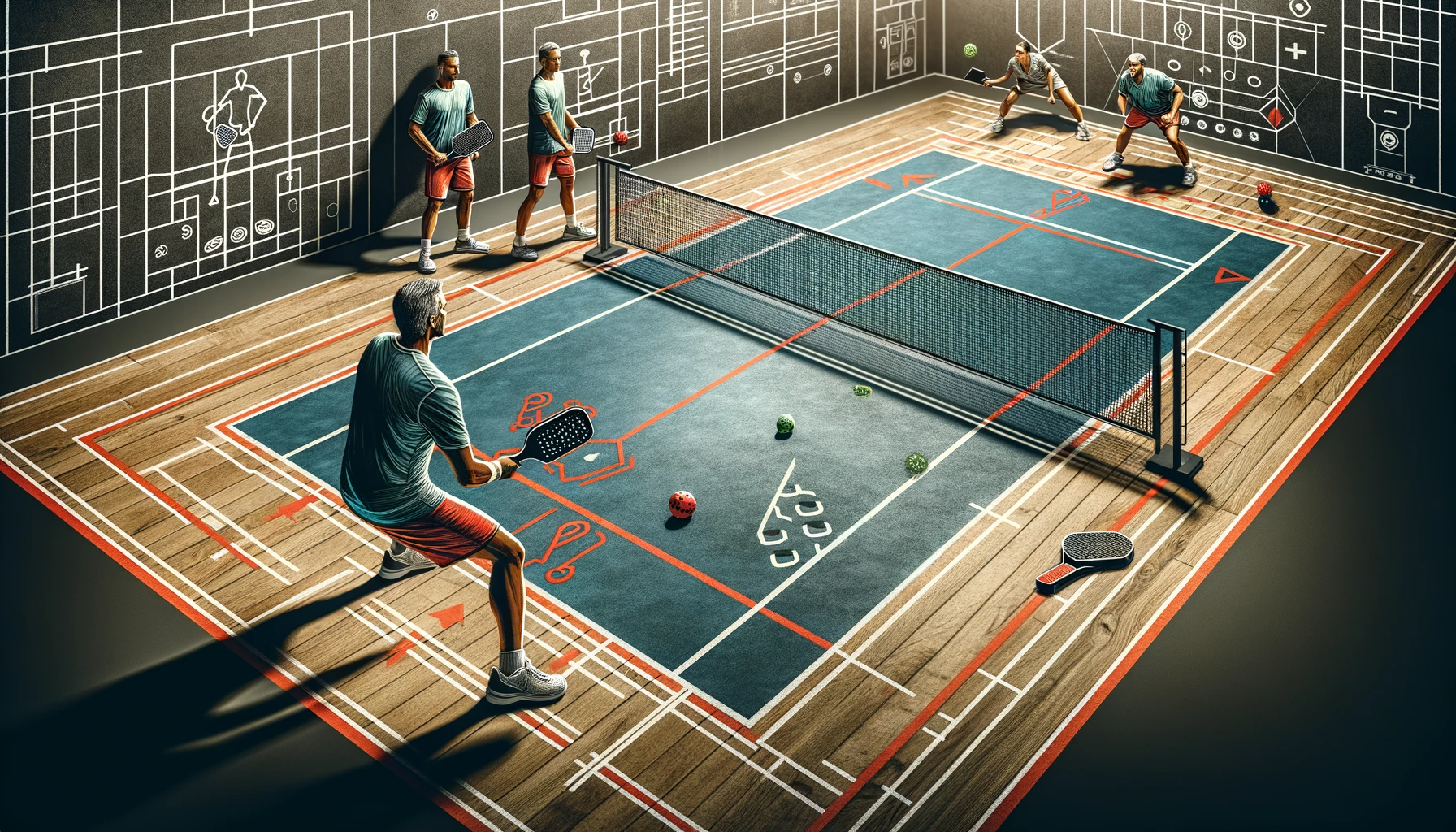
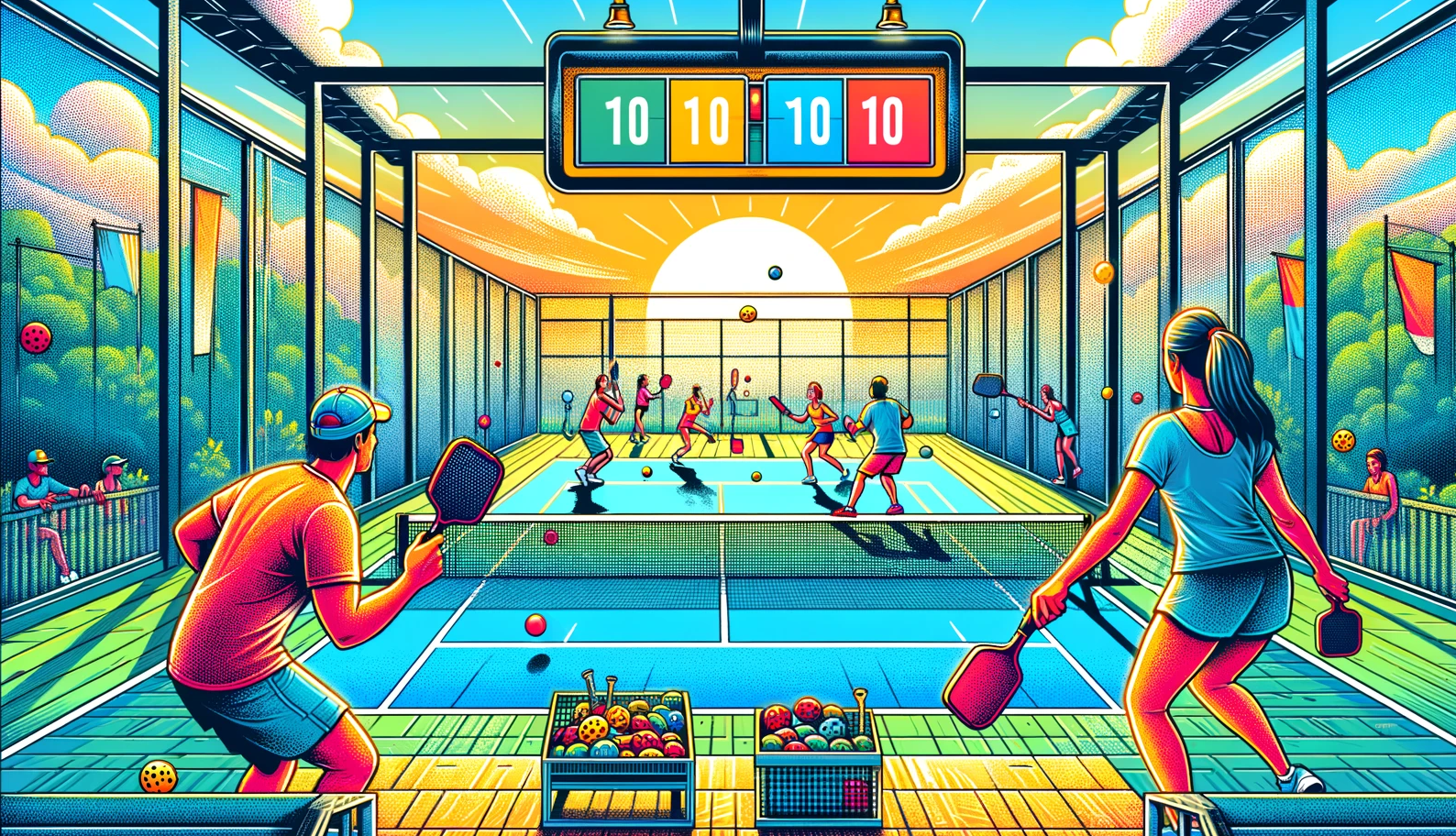
Home > Pickleball 101 > Pickleball Scoring: The Ultimate Guide
Pickleball Scoring: The Ultimate Guide
Introduction
Pickleball, a sport that combines elements of tennis, badminton, and table tennis, has rapidly gained popularity across the globe. With its unique rules and scoring system, it offers a fun yet competitive experience for players of all ages. In this article, we'll delve deep into the world of pickleball scoring, ensuring that both beginners and seasoned players alike can confidently keep score and enjoy the game to its fullest.
What is Pickleball?
Before we jump into scoring, let's briefly discuss what pickleball is. Originating in the mid-1960s, pickleball is played on a court similar to a badminton court with a net similar to tennis, but with a few key differences. It uses paddles and a plastic ball with holes and can be played as singles or doubles.
Pickleball Scoring Basics
The Score Format
The pickleball scoring system might seem complex at first, but it's quite straightforward once you understand the basics. Here's how it works:
- Points and Serving: Only the serving side can score points. The game is played to 11 points, and a team must win by 2 points.
- The Score Announcement: The score is called out as three numbers – the serving team's score, the receiving team's score, and the server number (1 or 2 in doubles).
Serving Rules
- First Serve: The game begins with the serve made from the right-hand court.
- Double-Bounce Rule: The ball must bounce once on each side before volleys are allowed.
- Serving Sequence: In doubles, both players on the serving team get to serve (except at the beginning of the game), and the serve switches sides after a fault.
Advanced Scoring Rules
Winning the Game
- Playing to 11: A standard game is played to 11 points, but the winning team must be ahead by at least 2 points.
- Variations: In some tournaments, games might be played to 15 or 21.
Scoring Complexities in Doubles
- Second Server: When the first server loses the point, the serve goes to the second server.
- Side Out: After both servers have lost their serve, it's a "side out," and the other team begins to serve.
Strategies for Keeping Track of the Score
Tips for Beginners
- Repeat the Score: Always call out the score before serving to avoid confusion.
- Visual Cues: Use court markers or wear bands to remember who is the first and second server.
Advanced Techniques
- Mental Strategies: Keep track of which side you started on to remember if you're the first or second server.
- Communication: In doubles, always communicate with your partner about the score and server number.
Common Misconceptions and Mistakes
Misinterpretation of Rules
- Scoring on the Wrong Side: Remember, you only score points when serving.
- Incorrect Score Calling: It's important to call the serving team's score first.
FAQs
Q: Can the receiving team score points?
A: No, only the serving team can score points in pickleball.
Q: What happens if the score is tied at 10-10?
A: The game continues until one team leads by 2 points.
Q: Is there a limit to how many serves a player gets?
A: In doubles, each player serves until they commit a fault, then the serve switches to the partner or the opposing team.
Q: Can you volley the serve?
A: No, the double-bounce rule requires the serve and return to bounce before volleying.
Q: How do you know when to switch sides during serving?
A: In doubles, the serve switches to the teammate after the first server faults. After both serve and fault, it switches to the opposing team.
Conclusion
Pickleball scoring is a crucial part of the game that enhances its competitive nature. Whether you're a beginner or an experienced player, understanding and mastering the scoring system will greatly improve your gameplay. Remember, practice makes perfect, and with each game, keeping score will become second nature.
External Resources
- USA Pickleball Association
- Pickleball Central – Rules and Scoring
- International Federation of Pickleball
